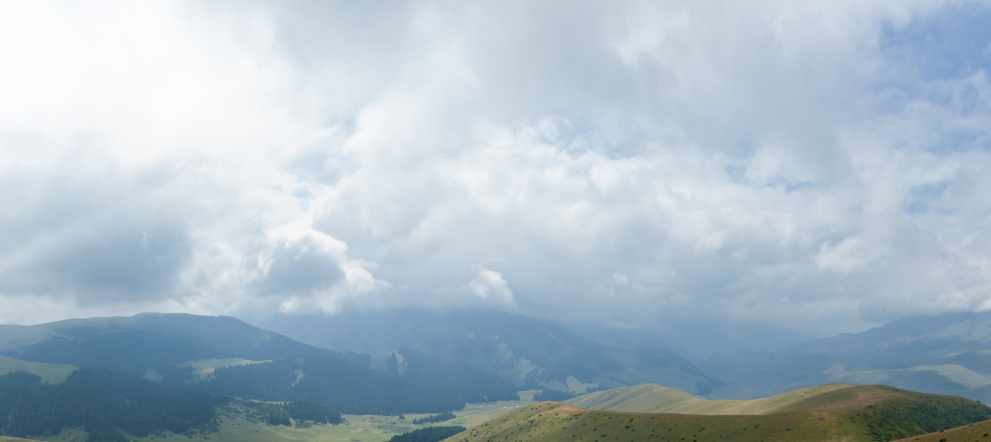




Zhylan bas (shell) is a gift of the sea, which is literally “blended” into the space of Turkic culture just like coral. The “birthplace” of the shell – water/water element, was the starting point of its sacralization by ancient Turks. Many archeological and ethnographic materials suggest that cowrie was widely used in female and child costumes, as well as in clothes of shamans-baqsy, duana and other sacralized figures. On the one hand, the shell visually resembles a visible part of the human eye, which contributed to its widespread use on headdresses by shamans of different peoples. Such a large cluster of shells on a headdress created the illusion of multiple eyes looking in different directions, understood as overlooking “everything and everything” (all-seeing eye).
On the other hand, the kauri shell was interpreted as a symbol of female fertility, fertility. It even got its official name from the pre-Vedic goddess mother Kauri and symbolises her fertility. Hence, kauri was often used in the decoration of women’s clothing, especially in the decoration of traditional headdresses. In Kazakh culture kauri were embroidered on the headdresses of young women.
Another detail is the appearance of the traditional Kazakh name zhylan / snake. Such a name is dictated by its outward resemblance to a snake’s head, which extends its new level of sacralisation, correlating it to the ancient cult of the snake.
Specialists believe that the use of cowrie shells in Turkic culture has an ancient history stretching from the Bronze Age to modern times, and in many countries around the world cowrie is still widely used as amulets of health, fertility, rebirth, magical power and good luck. Cowrie have also long been used as a means of payment, indicating their high importance in the world’s culture.


